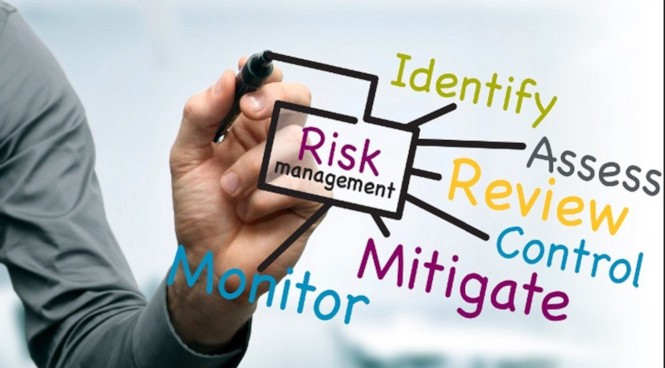How to Manage Technology Hazards
The commitment to manage technology hazards is deeply ingrained in the social fabric of modern societies. Most industrialized nations allocate between one and two percent of their GNP to pollution control. This number, which includes damages to material and people, was closer to seven percent in 1979 than it is today. However, this number is still far from being the full picture. In the United States, the social cost of technology hazards is still much higher than the price of oil or even that of the pollution it causes.
The Technological Hazards Unit uses a fixed registration period. This registration period opens July 1 at 8:00 am (CDT) and closes September 30 at 5:00 p.m. However, it is important to note that the unit cannot guarantee funding for every course request. Consequently, pending course requests will be placed on a waiting list until funding becomes available. Therefore, agencies are responsible for ensuring that their course requests are accurate.
Technological hazards are a growing source of risks, resulting from globalization and industrialization. These hazards arise from the production or release of substances under certain conditions. They may be harmful to human health, the environment, or other living organisms. If not controlled, technological hazards can have devastating effects on the health and welfare of people. There are many other types of technological hazards. Some of these are discussed below. To begin, let’s define technology hazards.
Technology hazards are critical to patient safety. The ECRI Institute has released a list of the Top 10 Health Technology Hazards for the year 2022. This list is intended to keep health care organizations abreast of current technologies and their impact on patient health. Some of the most common hazards involve cybersecurity attacks, inadequate emergency stockpiles, and poor ergonomics. The list is available for free on ECRI’s website. The report provides a comprehensive overview of the threats facing health care.
Technology hazards pose special problems in healthcare, and the FDA and ECRI are committed to raising public awareness of the issues and risks that can impact healthcare. The Top 10 Health Technology Hazards 2022 list was produced by a team of experts from the biomedical industry and government agencies. The ECRI team has reviewed incident reports, independent medical device testing, and reporting databases to identify the most pressing problems. The report states that while all technology hazards are largely preventable, the list of potential hazards is never entirely definitive.
Surgical stapler misuse can result in significant injury and death. According to Marcus Schabacker, president of the ECRI Institute in Plymouth Meeting, Pennsylvania, surgical staplers are a significant health technology hazard. This surgical stapler misuse can result in tissue damage, unexpected postoperative bleeding, and failed anastomosis. While the risks are real, they are preventable and can be avoided by practicing safer practices. So, what can we do to reduce these risks?

